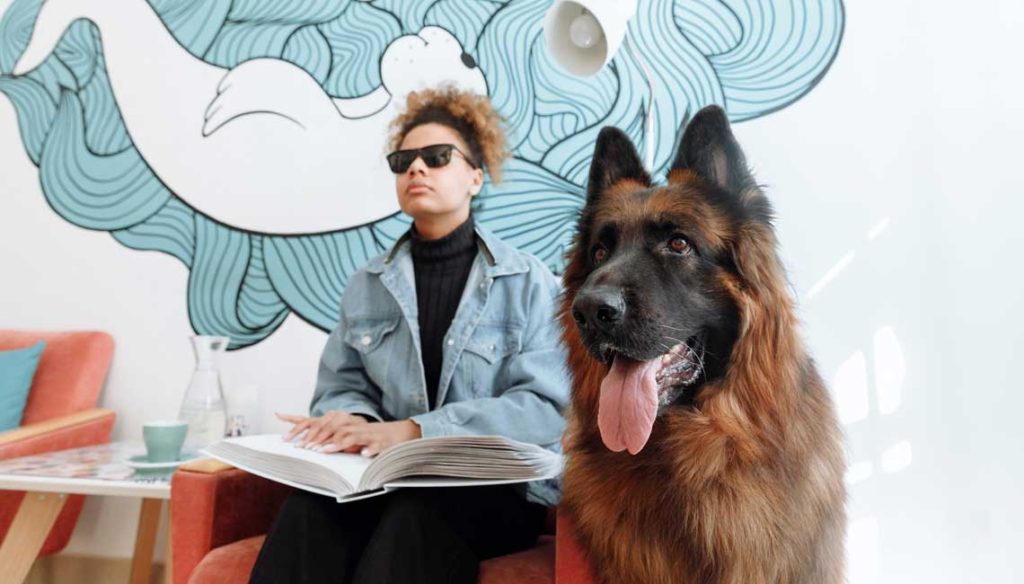
The best and most beautiful things in the world cannot be seen or even touched – they must be felt with the heart.
Hellen Keller
For many years, diseases such as scarlet fever, meningitis, or measles caused collateral damage such as blindness or hearing loss to those who survived these and other viral or bacteriological infections. Unfortunately, they are not always the only consequence, physical and mental damage are sometimes more than two in the same person.
In our days, the condition of loss or lack of any faculty is called disability, which is the physical or mental limitation that makes it impossible for a person to carry out their normal activity. Despite medical and scientific advances, disability continues to be a social problem that marginalizes many people from having a full life and according to the PAHO, Pan American Health Organization, about 15% of the world population lives with some type of disability.
Ann Sullivan suffered a difficult childhood and in a home for orphaned children, she contracted trachoma, a disease that caused her visual impairment. In the midst of adversity, she was able to enter the Perkins Institute for the Blind in the United States and become a teacher for children with these disabilities. In 1887 she was sent to work with a girl named Hellen Keller, the union of these women gave rise to one of the most inspiring stories in the world because thanks to teacher Sullivan, the deaf and blind student completed university studies with honors, was an activist and exemplary writer for humanity.
By the way, this institution took its name in honor of Thomas Handasyd Perkins, a merchant who lost his sight due to illness and sensitized by his own disability, decided to donate his property in Boston in 1833 for the creation of a school for children and young people with blindness, deafness and other collateral deficiencies.
The Perkins School followed the teaching of reading and writing perfected by the Frenchman Louis Braille who was blinded in childhood due to an accident. During his stay at the School for the Deaf and the Blind in Paris, the director offered him to try a tactile system as a learning method invented by a soldier named Charles Barbier de la Serre, to transmit orders to his armies without giving away his position. Braille discovered that the system was valid and reinvented it to form the alphabet for the blind used today. Years later David Abraham created a machine in 1951, to help the industrial arts students of the school, today known as the Perkins machine for the blind that uses the Braille system.
To this day the International Perkins Foundation carries out its work in various countries around the world and supports the education of students with deafblindness and other conditions. Prepare guides and teachers with various learning methods and systems, to support entire families around a boy or girl with these characteristics. They carry out social activism so that societies make these people visible and know the obstacles they face every day.
Since the beginning of the 20th century, parallel actions have been promoted with great energy to support people with this disability. In 1921, James Biggs, suffering from visual impairment, used a cane to measure obstacles on public roads. To be noticed on the street, he painted his own cane white to indicate his blindness. His invention was of great use to other blind people and gave them autonomy.
In the United States, the 1925 Lions Club convention enthusiastically agreed to support all kinds of instruments that would make life easier for blind people after hearing a speech by Helen Keller. This North American association managed to get the government to approve the White Cane Security Law to give these people the right to free transit. Soon they began to be produced in series, with various mechanisms, rigid or folding.
In 1934 The Guide Dogs for the Blind Association was founded, the Association of Guide Dogs for the Blind in Great Britain, from the experience that occurred in a hospital for war veterans. A doctor had the idea of letting his dog help a blind soldier to walk through the gardens, that doctor had read a publication about experiments of dogs trained to guide blind people carried out in Vienna since 1819. Years later, in the United States, Millionaire Dorothy Harrison Eustis bred and trained guard dogs for the police, especially those of the German shepherd breed that was presented as the most intuitive for this purpose and believed that she could prepare them to be guide dogs as well.
Around the world, schools began to be created for guide dogs for blind people and people with other disabilities. Nowadays, trained dogs begin a period of adaptation so that they can establish a friendly relationship with their person before beginning their work as handlers and guides. The eleven, National Organization of the Spanish Blind, has the recognition of the best-trained guide dogs and Labrador retrievers are chosen for their abilities, for their gentle nature, in addition, they seek to adopt abandoned dogs to train them as well. There are guide dog schools and associations available almost everywhere in the world.
When we find a person accompanied by their dog, on the street, in transport, or in a public place, we should not distract them by offering them food or caresses because they are working and by being distracted they could make a mistake and the person they care for could have an accident. Visually impaired people can enter any place with their guide dog and this is protected by law in the Americas.
The declaration of the basic needs of people who are deafblind was signed in Stockholm in 1989 and proclaimed June 27 as International Day of Deafblindness in honor of Helen Keller’s birthday. It is estimated that between 0.2% and 2% of the world’s population has this condition.
For many years we have known that all people in some unfortunate circumstance can have a disability that entails great suffering. When remembering the actions that have been carried out to improve the quality of life by blind and deaf people themselves, it seems inadmissible that today there are obstacles and precarious political actions to improve their situation. Great progress has been made to make the world more accessible to these people, however, it is not enough.
At Del Pueblo Funeral Home, we talk about the issues that compromise people’s lives, to prevent and generate empathy with our peers whatever their condition, that’s why we remind you that we are making the most difficult moments easy.
